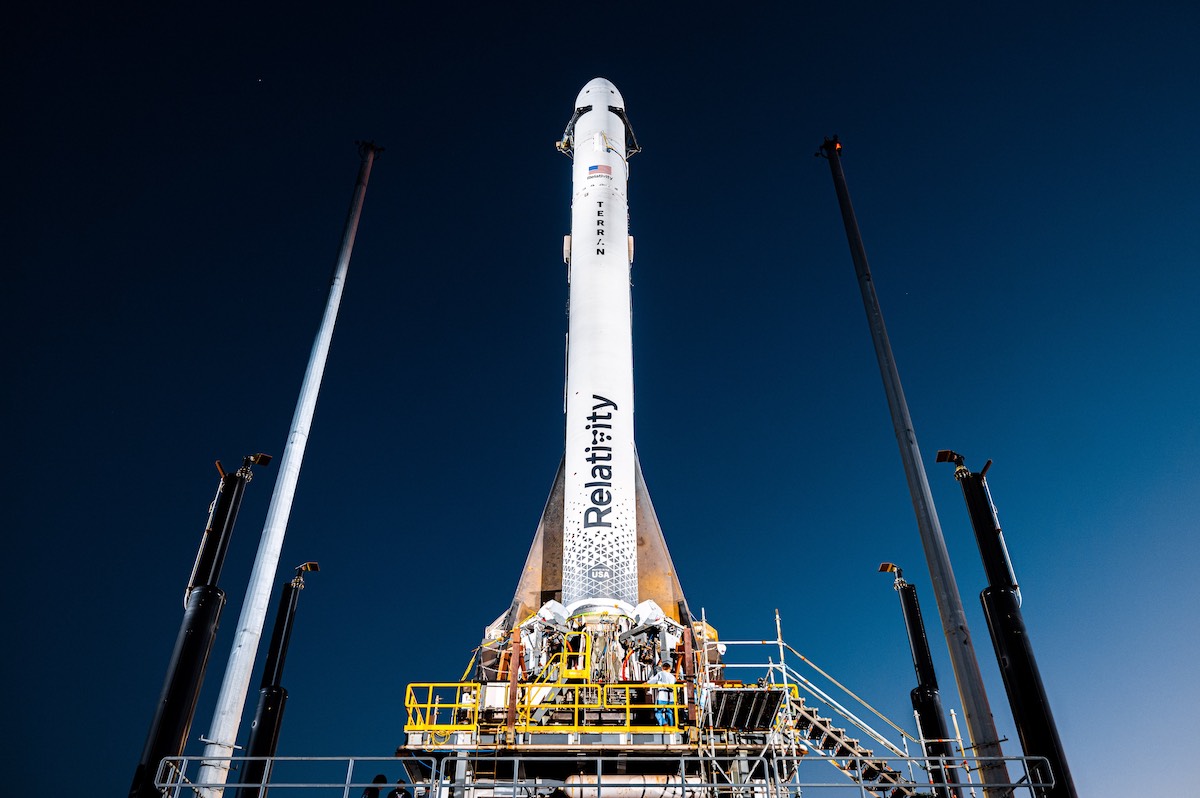What is Terran 1?
On March 8, Relativity Space, a startup company based in California, made history with the launch of Terran 1, the world’s first 3D-printed rocket. The launch is part of the “Good Luck, Have Fun” (GLHF) mission. Terran 1 will be the largest 3D-printed object to attempt an orbital flight, weighing 9,280 kilograms and standing 110 feet tall and 7.5 feet wide. 85% of the rocket was manufactured using 3D-printing technology.
About Terran 1
It is a two-stage satellite, which means the fuel burns in two different stages to give the required escape velocity to the satellite. Terran 1 is an expendable launch system, which means can be launched only once. Satellites like Falcon 9 are reusable and can be launched multiple times. Terran 1 is a small lift launch vehicle, that is, it can carry loads of up to 2000 kg.
The engine in Terran 1
Terran 1 has two stage engine. The first stage uses nine Aeon 1 engines. This engine is powered by a mixture of methane and oxygen. The second stage is powered by the AeonVac engine. This first launch of Terran 1 did not carry any payloads. However, it is capable of carrying payloads up to 1,500 kg to the low earth orbit. The low earth orbit lies at a distance of 1000 km from the earth’s surface. It was built using aluminium alloy.
NASA’s future plans for Terran 1
Although Terran 1 won’t carry any payloads on its maiden flight, NASA has already signed a contract with the company to launch a satellite with the rocket as part of its Venture-Class Acquisition of Dedicated and Rideshare (VADR) missions in the future.
Future goals
The Aeon 1 engines will be replaced with Aeon R engines. The Aeon R engines have higher thrusts. And the Aeon R engines will be capable of powering medium-lift rockets. The medium-lift rockets are those rockets that can carry payloads between 2,000 kg and 20,000 kg.
Month: Current Affairs - March, 2023
Category: Science & Technology Current Affairs


